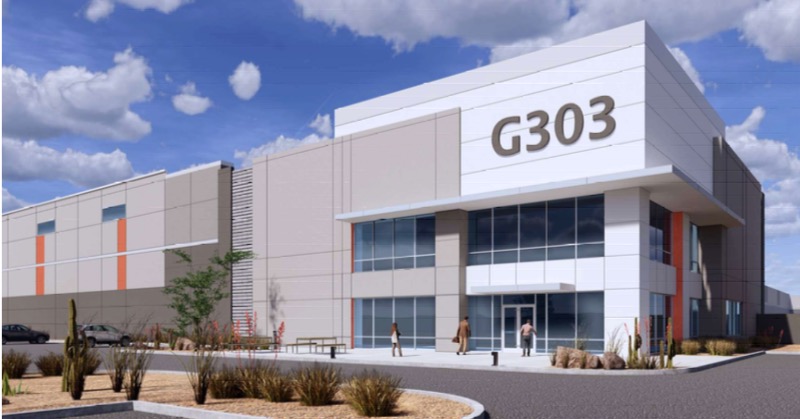Although industrial real estate has outperformed other commercial property types this year due in part to a surge in e-commerce, broader macroeconomic indicators suggest industrial space absorption will decline sharply in Q3 2020 and then rebound to positive levels in Q2 2021, according to the NAIOP Industrial Space Demand Forecast, released today.
Industrial net absorption is forecast to decline to negative 141 million square feet in Q3 2020. Net absorption is forecast to remain negative after Q3, with negative absorption of approximately 72 million square feet in Q4 2020 and 27 million square feet in Q1 2021. The forecast calls for a return to positive net absorption by Q2 2021. Growth in industrial absorption consistent with pre-pandemic trends, however, is not forecast to resume until Q1 2022.
“The U.S. macroeconomic landscape has deteriorated significantly,” say the authors, Hany Guirguis, Ph.D., Professor, Economics and Finance, Manhattan College and Timothy Savage, Ph.D., Clinical Assistant Professor, Schack Institute of Real Estate, New York University. “The Q2 2020 contraction in Gross Domestic Product (GDP), if annualized, was nearly 33%, rivaling the early years of the Great Depression. The yield curve, the difference between long- and short-term interest rates and a bellwether of forward-looking expectations of economic growth, has been below 50 basis points, or negative, since January 2019. Moreover, real-time indicators of economic activity, as well as academic forecasts of growth, highlight the headwinds currently facing the U.S. economy.”
According to the report, although the pandemic will likely increase demand for e-commerce, it is unlikely that industrial real estate will be completely immune from the effects of the coronavirus-induced recession. These include significant disruptions to supply chains and global trade, reduced manufacturing and construction activity, and widespread store closures among brick-and-mortar retailers.
“E-commerce will drive long-term growth in industrial real estate,” said Thomas J. Bisacquino, president and CEO of NAIOP. “But it is only one piece of the puzzle. COVID is a natural disaster that significantly affected consumer demand and supply chains. When the crisis ends, we anticipate that the rebound will be faster than in prior economic slowdowns.”




